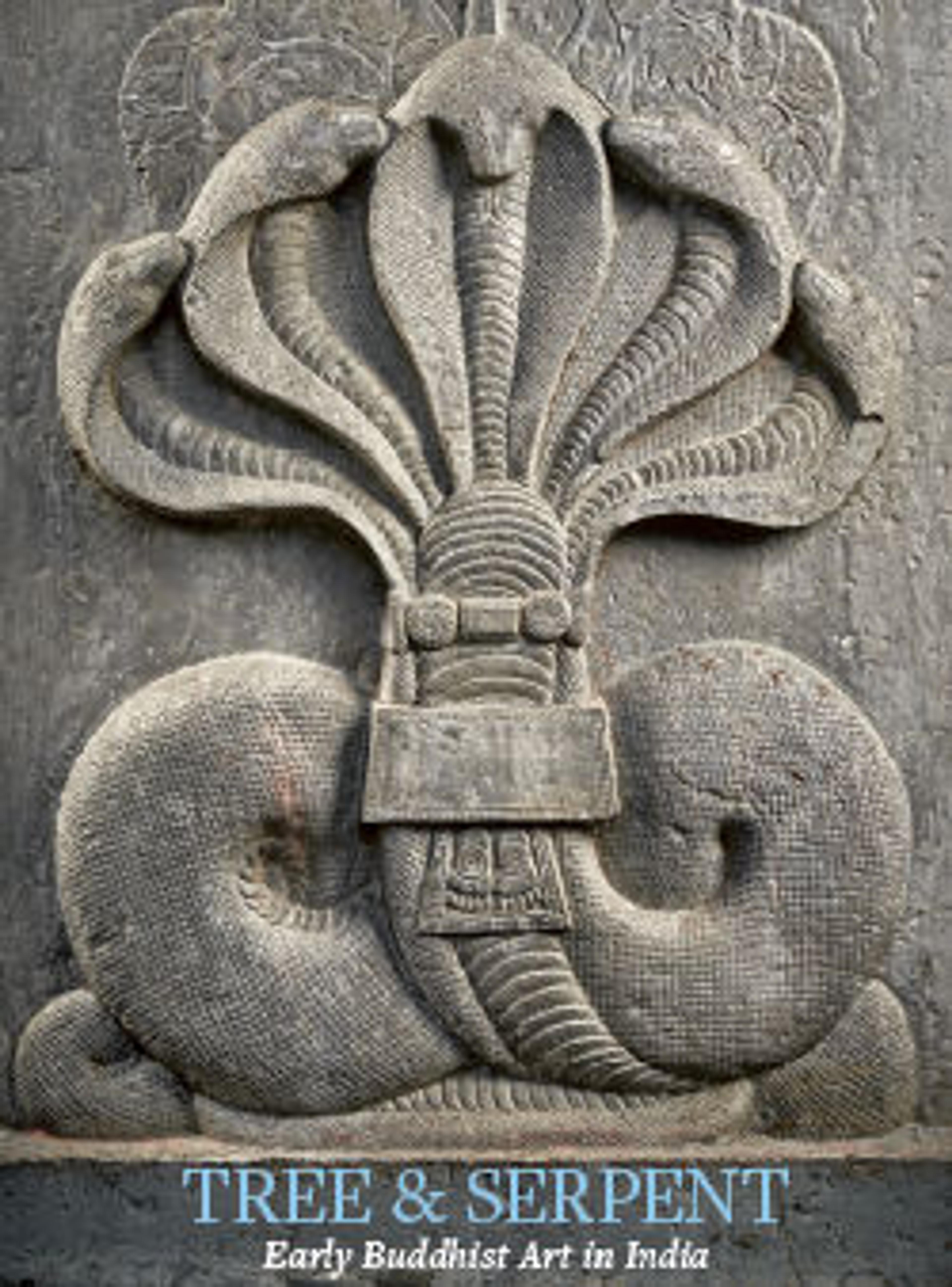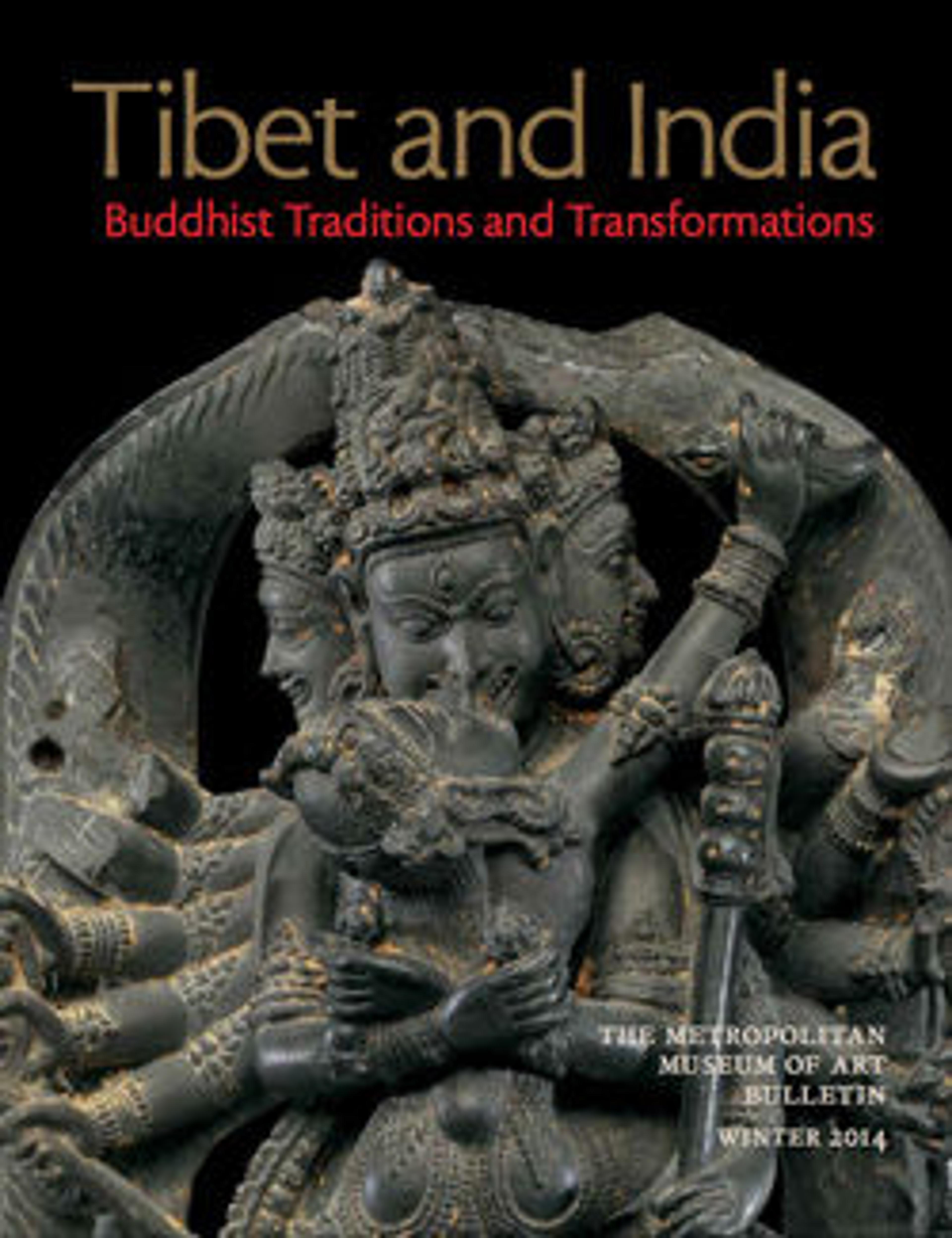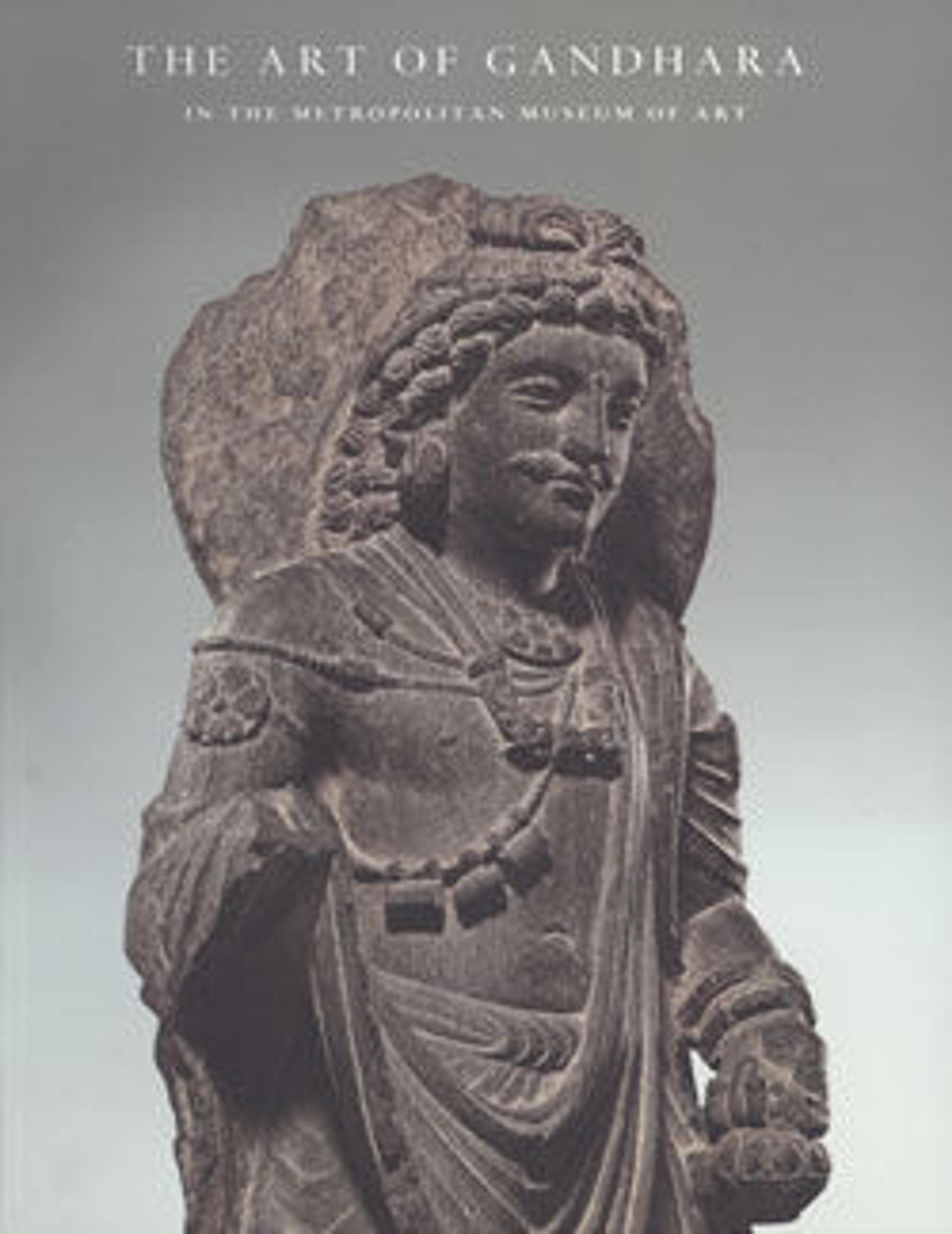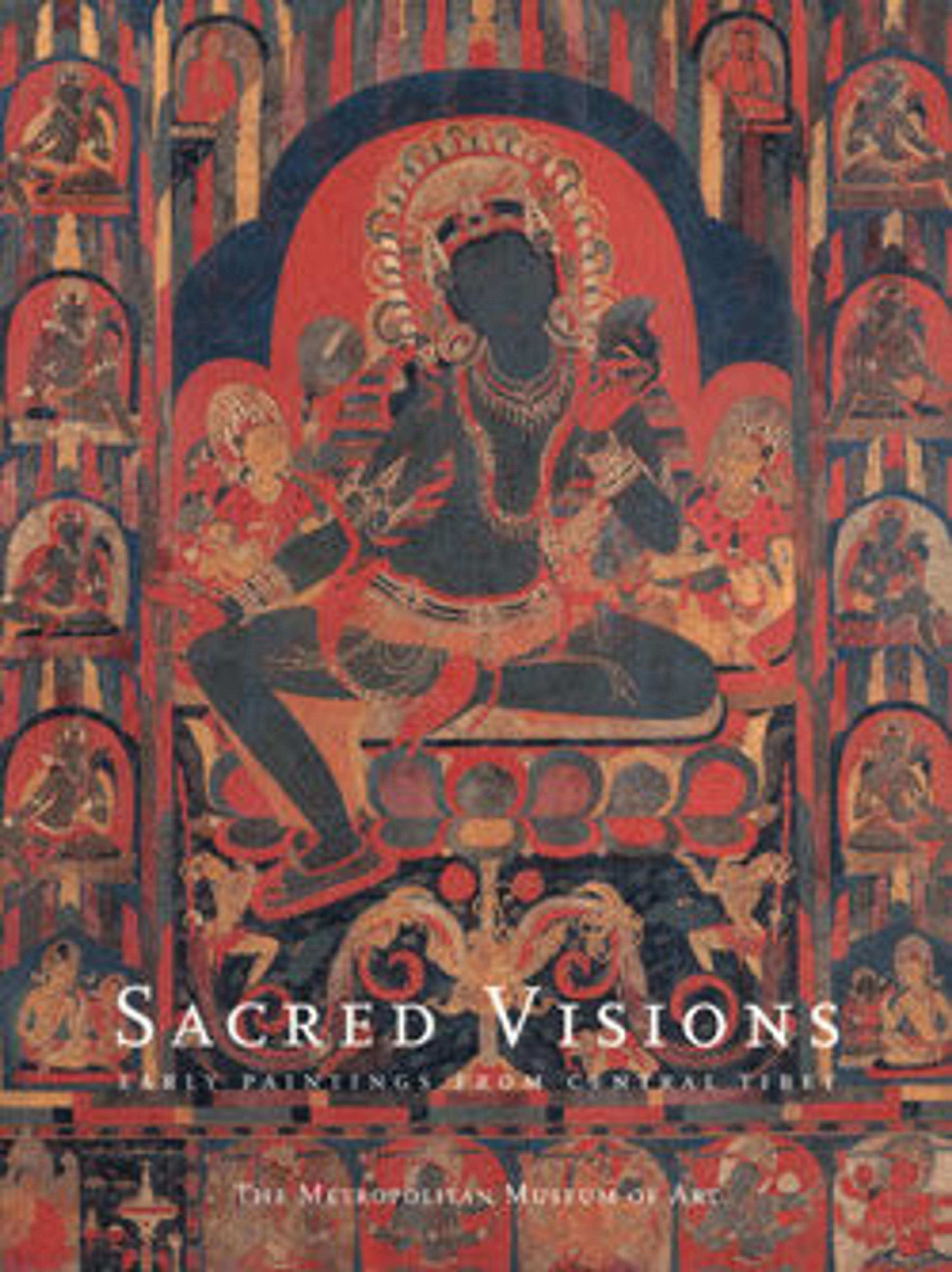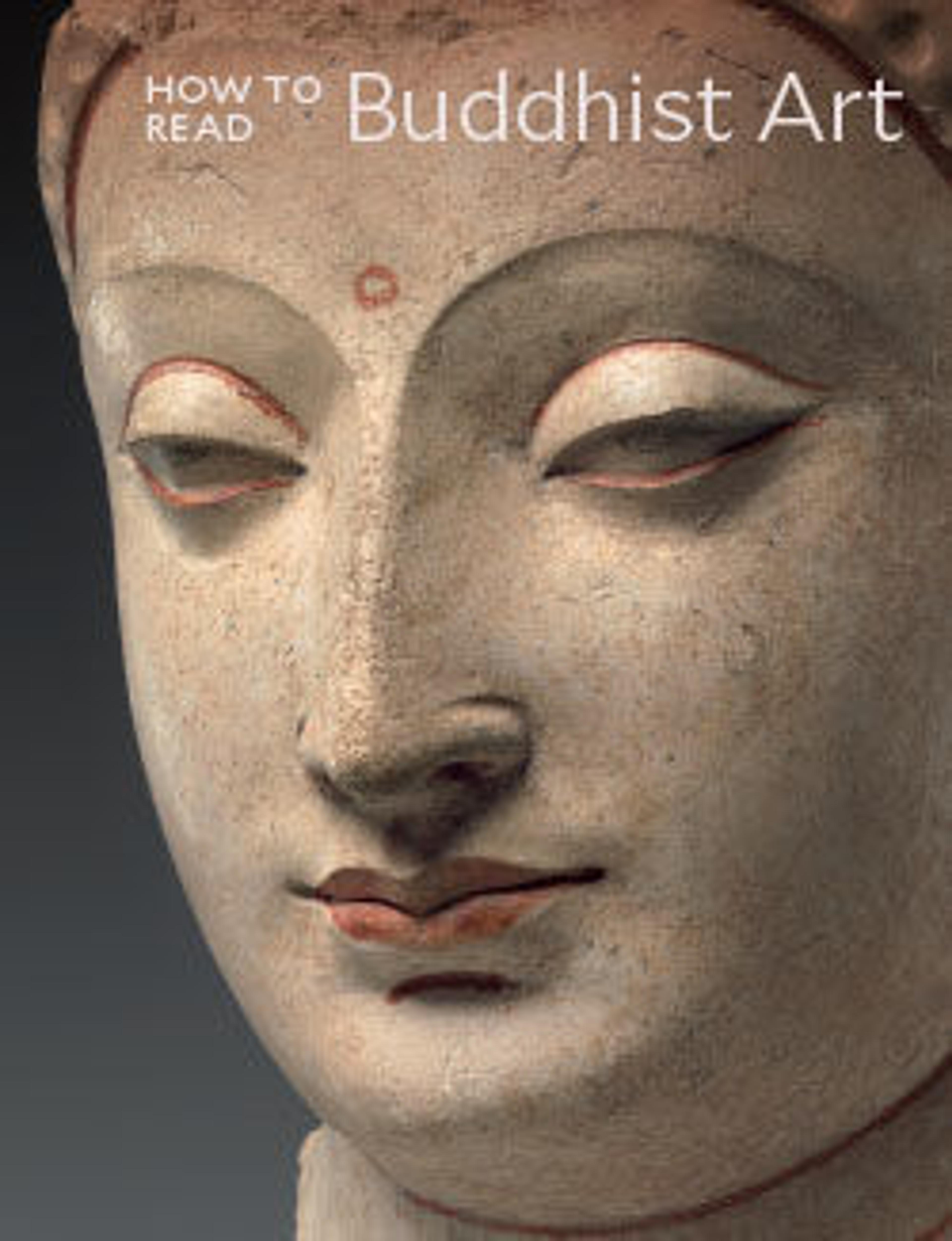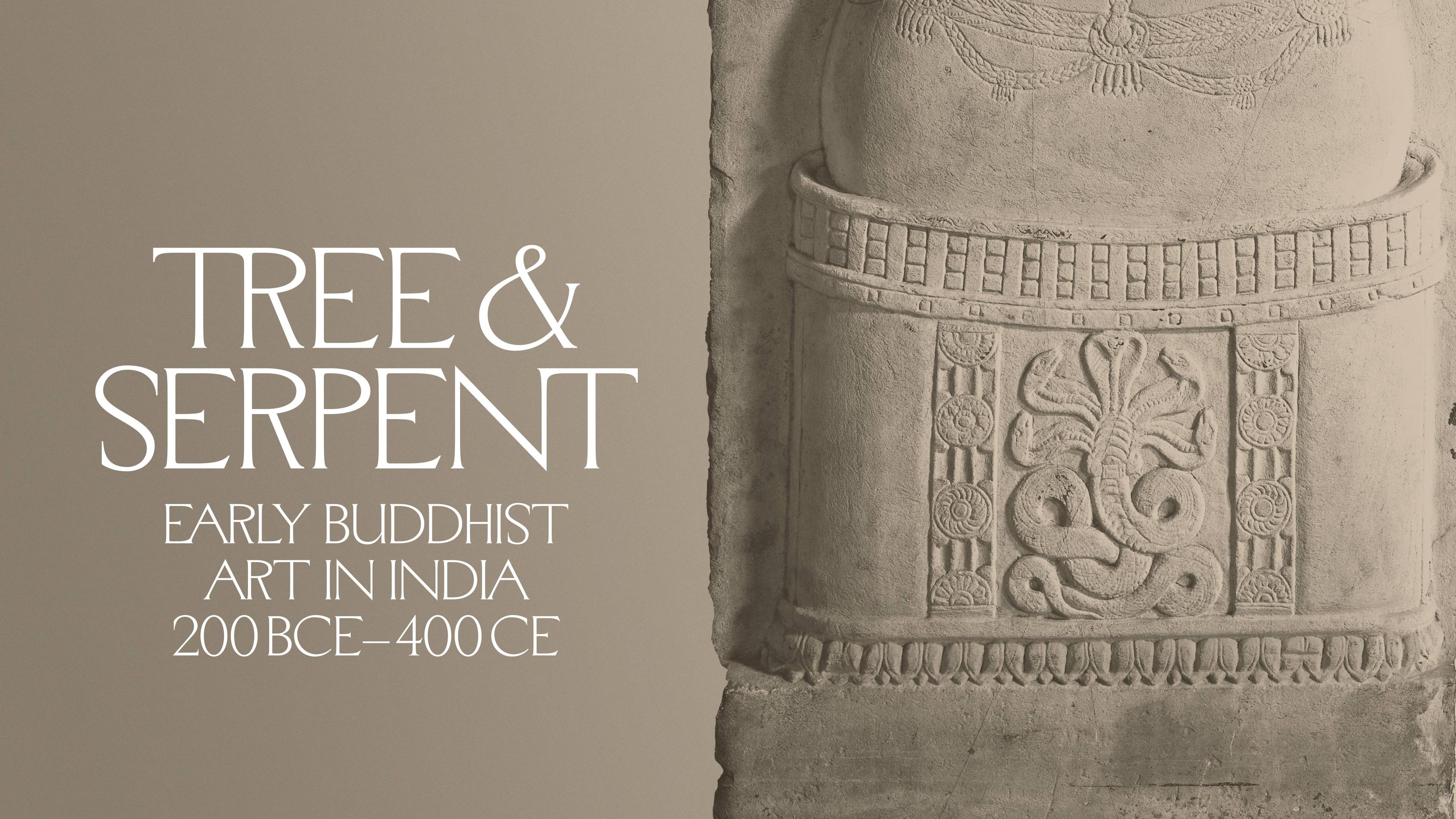
Tree and Serpent: Early Buddhist Art in India
A pioneering study of the emergence of Buddhist art in southern India, featuring vibrant photography of rare works, many published here for the first time
Named for two primary motifs in Buddhist art, the sacred bodhi tree and the protective snake, Tree & Serpent: Early Buddhist Art in India is the first publication to foreground devotional works produced in the Deccan from 200 BCE to 400 CE. Unlike traditional narratives, which focus on northern India (where the Buddha was born, taught, and died), this groundbreaking book presents Buddhist art from monastic sites in the south. Long neglected, this is among the earliest surviving bodies of Buddhist art, and among the most sublimely beautiful. An international team of researchers contributes new scholarship on the sculptural and devotional art associated with Buddhism, and masterpieces from recently excavated Buddhist sites are published here for the first time—including Kanaganahalli and Phanigiri, the most important new discoveries in a generation. With its exploration of Buddhism’s emergence in southern India, as well as of India’s deep commercial and cultural engagement with the Hellenized and Roman worlds, this definitive study expands our understanding of the origins of Buddhist art itself.
Met Art in Publication
You May Also Like
Press the down key to skip to the last item.
Citation
Guy, John. 2023. Tree & Serpent: Early Buddhist Art in India. New York: The Metropolitan Museum of Art.
